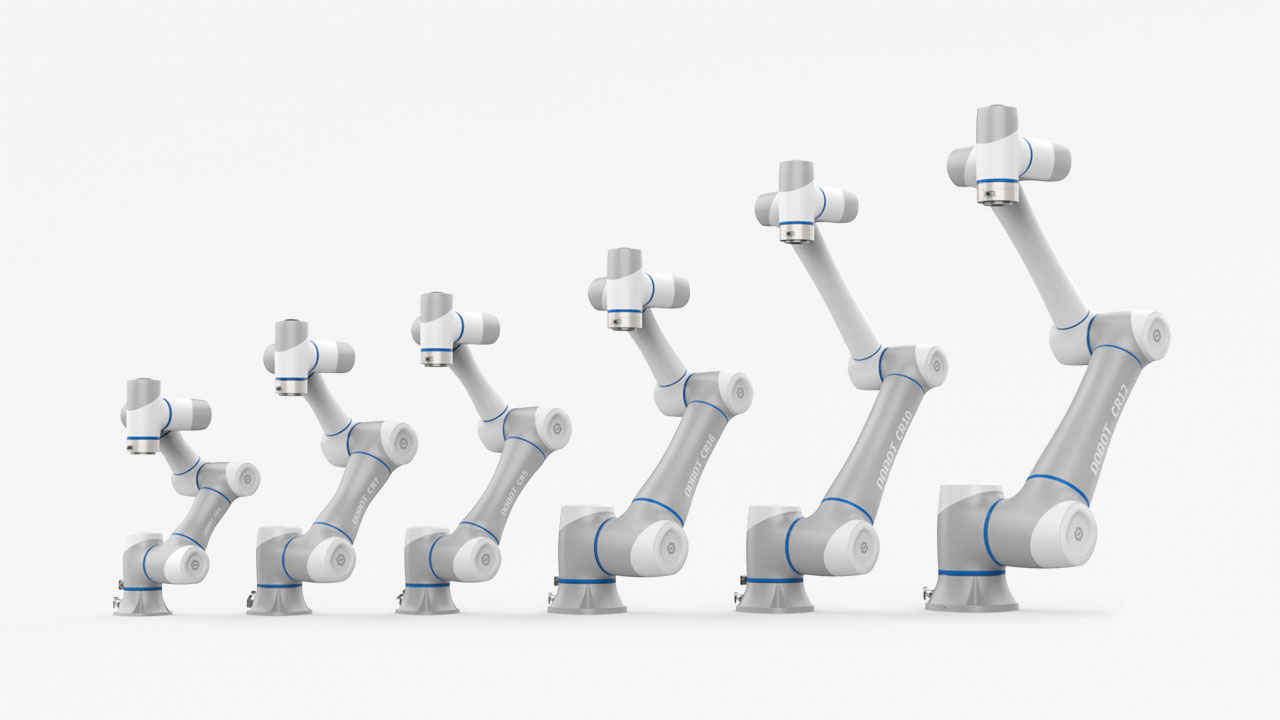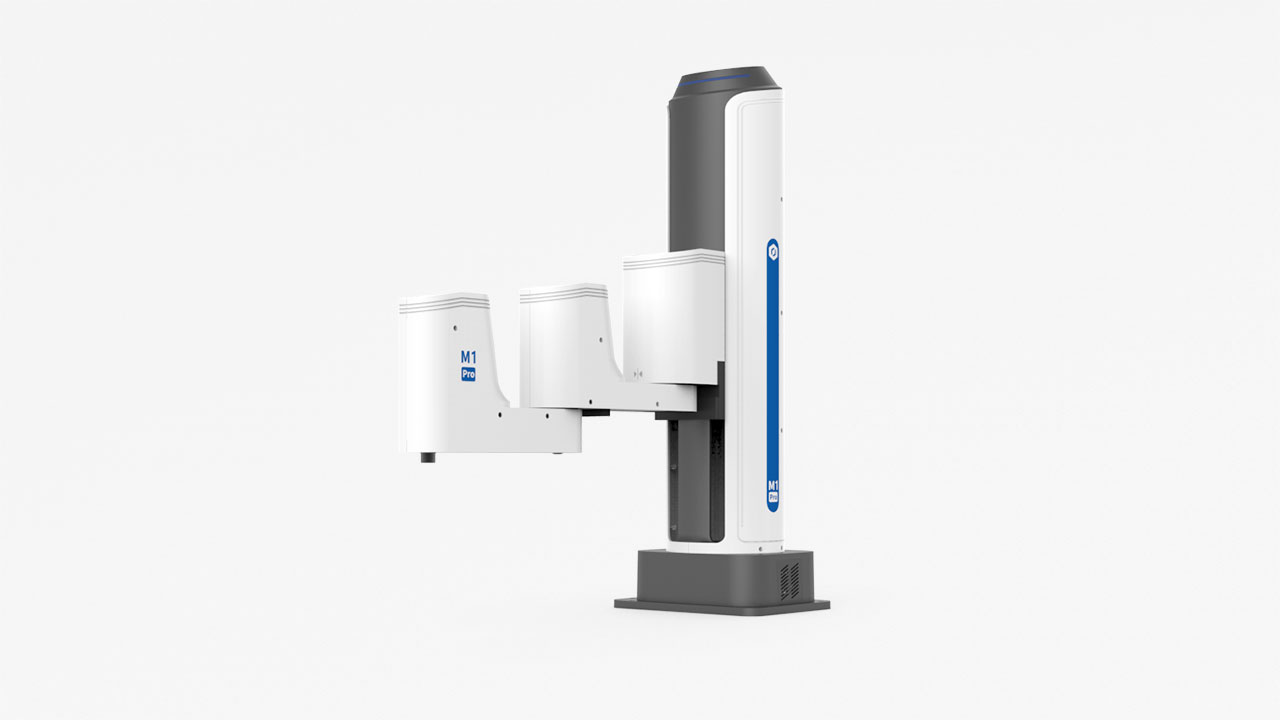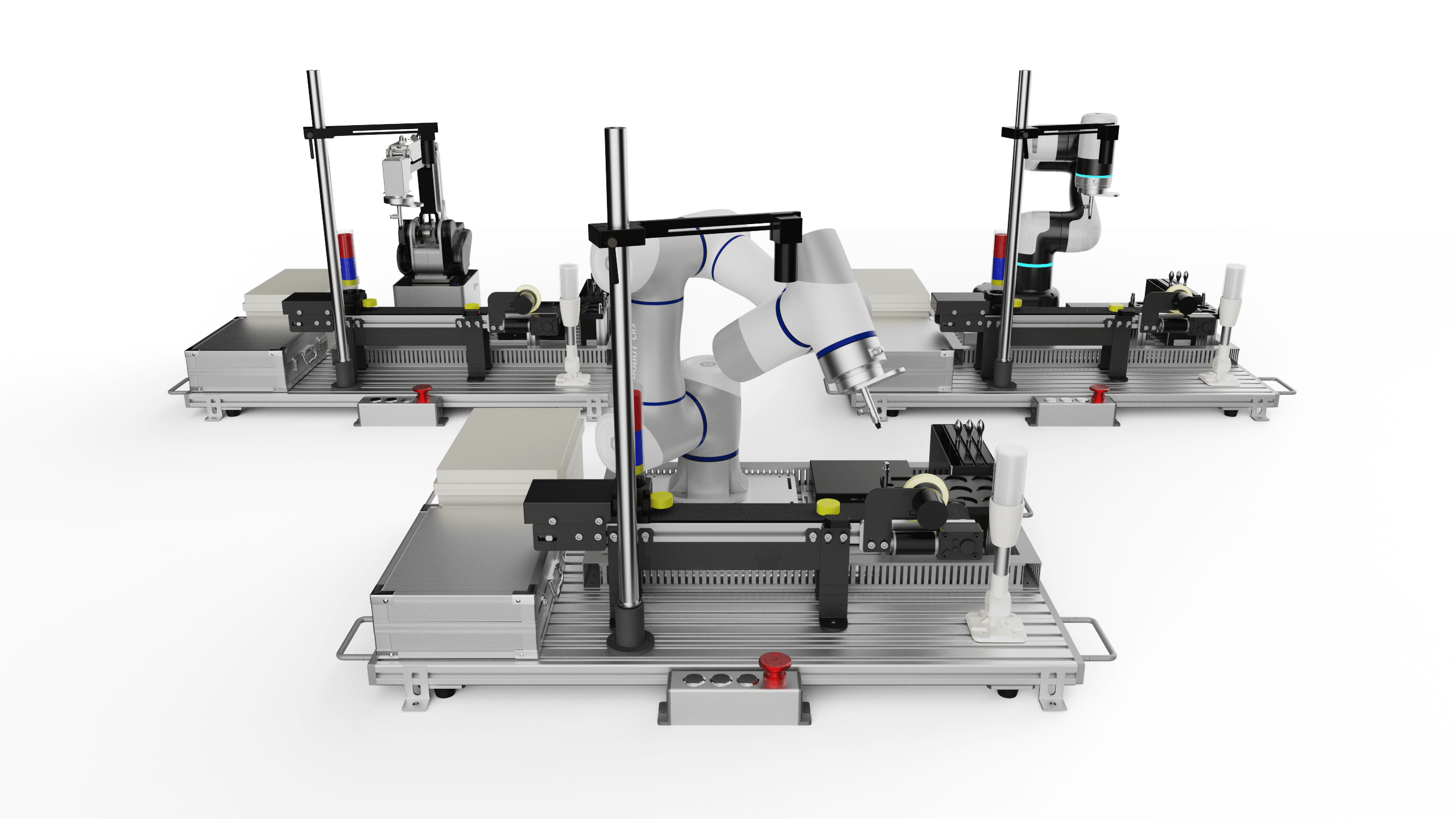
Through the multiple diversity of application robots, sorting robots are paving their way to groundbreaking transformation. Sorting robots are widely used to automate highly-repetitive and boring application scenarios where a human operator can transfer to more sophisticated tasks.
Sorting robots can be deployed in various environments, including warehouses, plants, and factories. In the case of sorting, where time and place matter the most, cobots can establish robust human-robot cooperation.
Let us take a look at the further implementation of sorting robots and reasons why businesses should consider optimizing manufacturing by using cobots.
What are Sorting Robots?

Sorting robots are AI-powered robots designed to help to automate manual industrial processes. Robot arms can pick parcels, envelopes, and other products to sort them out and place them on a conveyor line. There are also diverse types of cobots that can be used for waste sorting and recycling. All the robot arms are equipped with a vision system to make the process more accurate with no errors.

Manual sorting relies on human operators to perform various tasks, such as first identifying items and then sorting them, while, at the same time, automated sorting relies on diverse technologies and algorithms to implement advanced human-robot collaboration.

3 Reasons to Deploy Sorting Robots

McKinsey report states that today most businesses prefer deploying intelligent document management (52%) and robotic process automation (45%) technologies the most. Organizations invest in multiple business-process tools and robotic automation. With the COVID-19 outbreak and its enormous influence on various industries, businesses are building their resilience towards obstacles. And sorting robots is one of the ways to improve and enhance the efficiency of manufacturing operations.
Sorting robots ensure high quality and improved productivity as they can reduce errors compared to human operators. Fewer errors and better sorting capacity influence the volume of items, leading to an increased productivity level.
-
Short implementation time
To install a robot arm to perform sorting will take only 10 minutes, while, at the same time, manual sorting will take a lot over 10 minutes. Drinking coffee, being late, and personal issues are factors that reduce the implementation time of a human operator. However, a robot arm will sufficiently decrease downtime for sorting.
Sorting robots provide the opportunity to save the labor force while handling high item volumes. Although COVID-19 accelerated multiple processes, including the labor shortage, sorting robots will solve this issue by providing labor-intensive concepts, e.g., saving the workforce and transferring them to perform more sophisticated and complicated tasks.
All these reasons mentioned above indicate vast opportunities for sorting robots and their high potential in global warehouse automation. To ensure high sorting performance, Dobot sorting robot arms are here to boost the production environment.
Dobot Sorting Robots to Implement High-performance Manufacturing
Dobot sorting robots can be adopted to sort SIM cards. It is an advanced collaboration of two robot arms, CR5 and MG400, that work in balance to create an efficient production system.
CR5 and MG400 robot arms work closely to sort SIM cards. Both of them are engaged in pick and place operations. While the CR5 cobot picks a card from the card storage box and places it on the conveyor line, the MG400 picks it up from a conveyor line and places it on a SIM card slot.
How does this solution help increase manufacturing capacity?
The solution can help solve the last-mile delivery problem, especially relative to the COVID-19 outbreak when the product delivery delay is caused by supply chain disruptions and material shortages. In times when manual sorting has major investments, sorting robots provide high ROI and enhance order precision.
They will not delay product delivery, ensuring an on-time manufacturing cycle, controlled by a human operator.
Dobot sorting robot arms are applicable in multiple industries, including healthcare, logistics, consumer electronics, retail, food and beverage, and others. Sorting cobots are flexible and accurate, keeping the number of errors to a minimum.
Contact us to optimize sorting with Dobot.















